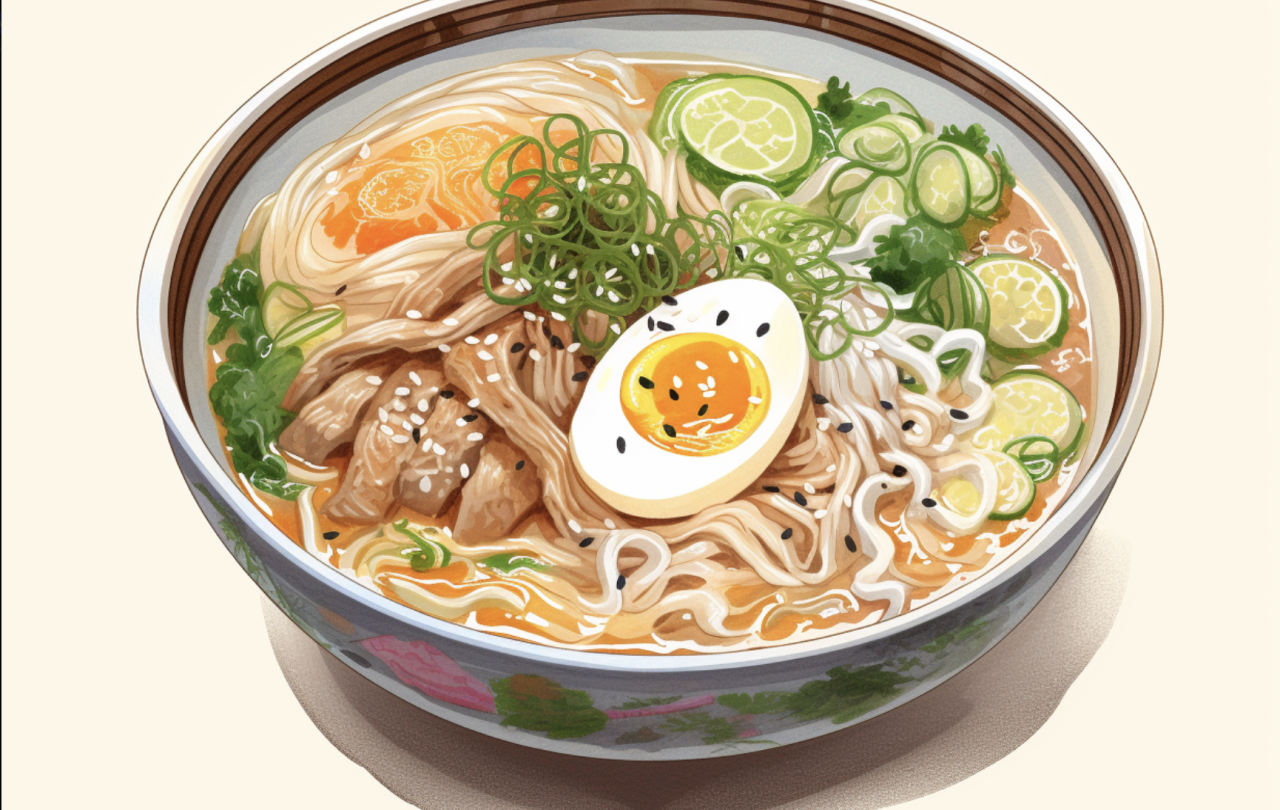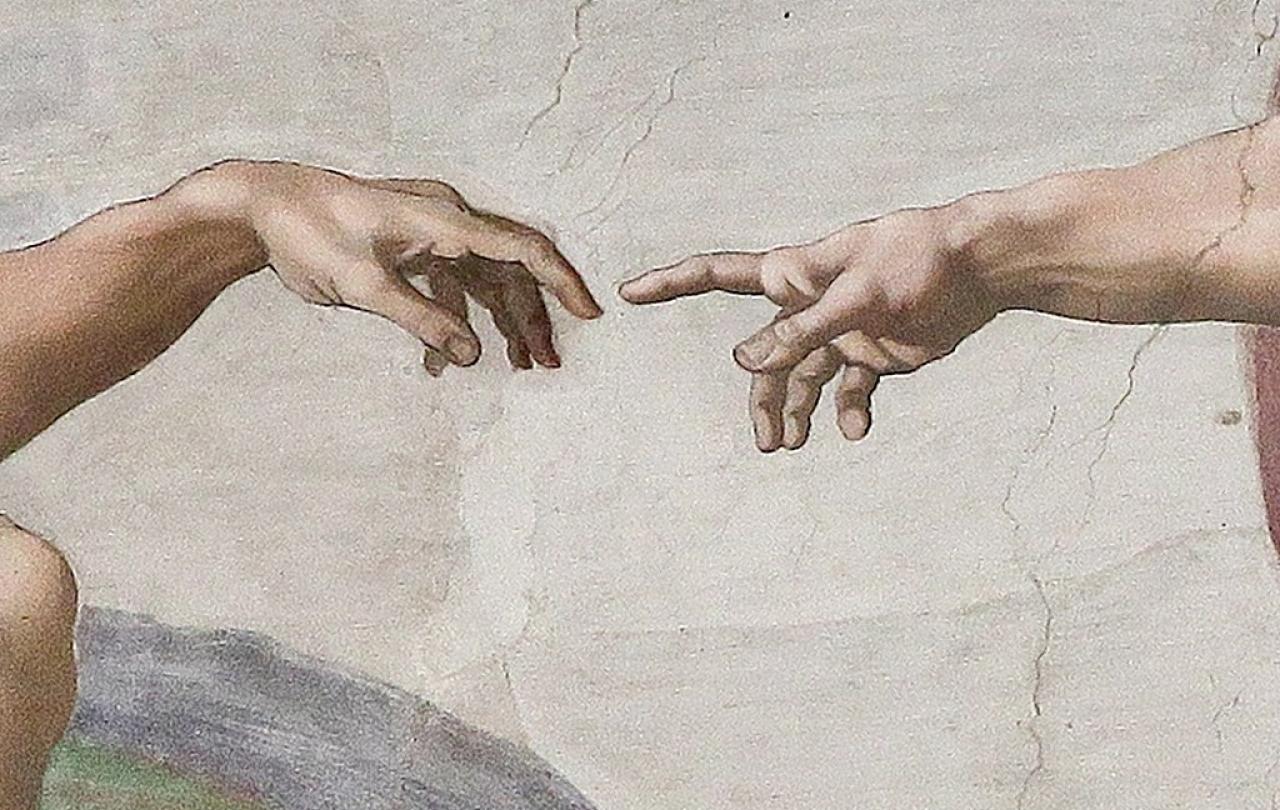
A recent report highlighted the problem of obesity in our society. The percentage of British adults who are overweight has risen by 11 per cent since 1993 to a whopping 64 per cent of the population, with almost one in four British adults classified as obese. In the USA it is even worse with 36 per cent of people classified as obese. And that has a knock-on effect on an already creaking NHS and healthcare systems elsewhere in the western world. The bill for the taxpayer for obesity is rising to unsustainable levels.
There are many causes of obesity, some of them physiological, some genetic, some economic, with poverty often linked to poor diet. Eating healthily costs. Yet Christianity has always seen a spiritual side to the problem, relating to our relationship with food. As part of this diagnosis, Christian moralists have typically called out the sin of gluttony.
Strange though it may seem, in the earliest lists of the deadly sins, gluttony used to head the list as the worst of them all. Pope Gregory in the sixth century wrote: “unless we first tame the enemy dwelling within us, namely our gluttonous appetite, we have not even stood up to engage in the spiritual combat.”
Later assessment of the rank of gluttony in the list of deadly sins has taken a kinder view. Thomas Aquinas was easier on gluttons, because, for him, like lust, overeating mainly concerns the body rather than the soul, and as we have to feed ourselves anyway, it is understandable and less serious than the other sins. When Dante’s pilgrim arrives in hell, he finds the gluttons in the third circle of upper hell, not far from the top, tantalisingly within sight of the most succulent tree whose “crop of tempting fruit ambrosial odours spread”, but unable to climb to taste them. For him, gluttons are certainly better than the prideful, the envious, wrathful, slothful or covetous. The only sin that seems less harmful to him is lust.
Obsessive dieting can be just as much a sign of gluttony as overeating.
Our image-conscious society tends to look down on people who are overweight. Yet gluttony denies a simple rule that the fat are sinful and the thin are virtuous. When we think of gluttony, we maybe think of stuffing food into our mouths with no thought of tomorrow, over-indulgence to a huge degree. Yet the sin of gluttony has always been seen as wider than that, including that fastidiousness about food that obsesses over what you can and cannot eat. C.S. Lewis writes about the kind of old lady who simply asks for ‘a cup of tea, weak but not too weak, the teeniest, weeniest bit of really crisp toast’, adding, ‘Because what she wants is smaller and less costly than what has been set before her, she never recognises as gluttony her determination to get what she wants, however troublesome it is to others.’ Obsessive dieting can be just as much a sign of gluttony as overeating.
Gluttony then is an inordinate obsession with food, drink or plain consumption. It is allowing food to take up a distorted place in our lives, just as lust is allowing sex to become an unhealthy obsession.
We have a fascination with food. A TV advert lingers slowly over a picture of a chocolate sponge, soaked in brandy, with rich cream being poured over it, all with a soft, seductive voiceover describing the scene – a culinary striptease. The cookbook section of my local bookshop is far larger than the religious section – who had ever heard of celebrity chefs thirty years ago? Now they are everywhere. The politics of food is also an area of tricky choices and legislation. Fine food and wine costs both time and money, and poorer families tend to eat less healthily. Should they be banned from doing so for their own good? Should we replace chips and hamburgers with healthy salads in school canteens despite what the kids and their parents want? Where does the health of the nation override personal freedom to eat what you feel like?
There is one story in the Bible that sheds some light on gluttony. It is the one where Jesus was tempted by the devil. During the temptations, Jesus deliberately goes without food. One of the enticements of the devil is to persuade Jesus to feed himself by the magic trick of turning the desert stones around him into bread. After all, that should be no problem to the Son of God, and it would of course demonstrate his true identity by a display of miraculous power. Jesus replies with some words from the Old Testament:
“It is written: ‘Man does not live on bread alone, but on every word that comes from the mouth of God.’”
The point is that when food becomes a god it becomes dangerous. Food, like sex, has the ability to skew things, and so it must be kept in its proper place, and the evidence of that is all around. The irony of our western problem with obesity is that it occurs at a time when still half the world, three billion people can't afford a healthy diet. one in ten people worldwide go to bed hungry at night and nearly half the deaths of children across the world under 5 are related to undernutrition. In 2006, for the first time, the number of overweight people in the world (1 billion) overtook the number of malnourished people (800 million). First world gluttony is anomalous when related to third world poverty and hunger.
Gluttony is trying to fill a spiritual vacuum with a physical remedy. It is like taking penicillin for a broken heart.
But overeating is not the only way of abusing food. Obsessing about quantities is also a sign of bad soul health. Bulimia and Anorexia are not as common as obesity, but they still blight the lives of around 10 per cent of college-age girls in the USA, and in the UK, more young people than ever before are receiving treatment for eating disorders. Suffering from Anorexia, Bulimia or a Compulsive Eating Disorder are not sins, but they are an indicator of something that has gone wrong. Food is not a neutral thing, and in a complex way, our attitudes to food are all bound up with our spiritual and emotional health.
This begins to point us to the reasons why Christianity has found gluttony a sin. Why do people overeat, or starve themselves? Many studies suggest that these disorders often emerge from a sense of lack of worth. We all know the pattern of comfort eating. When you feel a bit low, a slice of chocolate cake or apple pie can make you feel a whole lot better. Ten pints of lager or a couple of stiff whiskies can help you forget why you felt bad in the first place. Similarly, anorexia or bulimia often emerge out of patterns of unhappiness or self-dislike. The Eating Disorder Association says that such patterns of self-abuse are usually caused by such things as “low self-esteem, family relationships, problems with friends, the death of someone special, problems at work, college or at university, lack of confidence, sexual or emotional abuse. Many people talk about simply feeling ‘too fat’ or ‘not good enough’”.
Now these of course are extreme cases. Yet they point to the ease with which we use food and drink to fill something missing in our lives, to comfort us when we feel lonely, to satisfy us when we are not just physically, but also spiritually hungry.
The Ethicist Peter Kreeft puts it well:
“The motivation for gluttony is the unconscious self-image of emptiness: I must fill myself because I am empty, ghostlike, worthless.”
Gluttony is trying to fill a spiritual vacuum with a physical remedy. It is like taking penicillin for a broken heart – there’s nothing wrong with penicillin, but it doesn’t do much good for a restless soul, and too much of it can lead to all kinds of problems.
Gluttony strikes when the connection between food and its proper purpose is broken. Food is given to sustain the body, to enrich our communal life and to give pleasure to the taste. It is not there to comfort the isolated and lonely, to bolster a fragile self-image or to substitute for mediation or prayer. If you begin to recognise that you are regularly eating alone for spurious reasons, for reasons that seem different from the purpose of food itself, that may be when you need to watch out for the place of food in your life, or to get some help.
Gluttony rears its head when we begin to get food out of proportion. They key issue here is control. The overeater loses control over how much she eats. She is unable to stop herself taking the extra large Coke, the extra cream on the pudding, to finish off the packet of biscuits rather than stop at one. She believes the lie that it is impossible for her to control his eating. For the anorexic or bulimic, the issue is the other way round. For many sufferers from such diseases, or those who might have a tendency in that direction, the problem is too tight a control over what they eat, and their very identity becomes bound up with their illness. So here, the remedy is to learn to give up control, to re-form their identity around something other than eating habits, so that food can take its normal place as something to be enjoyed.
If the abuse of food often comes from a deep sense of dis-ease, a loss of self-worth, then the Christian answer to finding a true sense of being worth something can come only from the source of life himself, the one described in the Bible as the ‘bread of life’ - the one who gives food for the soul. Speaking of the emptiness that gluttony tries to fill with food, Peter Kreeft goes on to give the Christian answer to that emptiness:
“Only a knowledge of God’s love for me can fill that emptiness, make me a solid self, give me ultimate worth.”
When our desperate search for love is met by the deepest and most satisfying love of all, the love of a God who is Love, these deepest hurts can begin to be healed.





